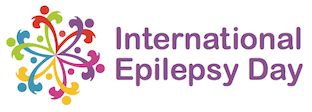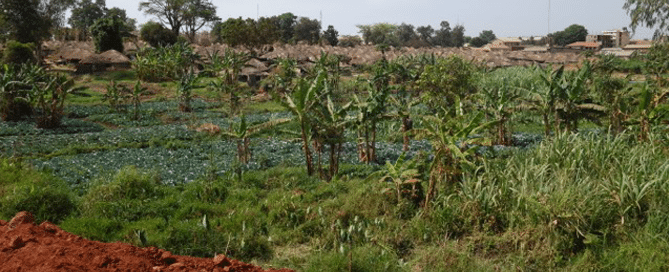It started when I was between 12 and 14 years old and I was shouting during the night. When my family came to check on me, they found me unconscious and stiff with foam around my mouth. My mother thought it was malaria and took me to the hospital for a check-up but everything was normal and I had to return home. Nothing happened for 2 years until I started seizing again, this time worse than before and it happened every day. It is not clear why I started having these seizures. In the hospital they gave me medicine to control the seizures. Now I only have seizures once or twice a month and I started to follow a course so I can go to work and be independent.
Angeyo was lucky that her parents took her to the hospital and that her seizures are controlled by medication (DanielleOfri). However, similar stories happen every day in Africa but they do not always end the same way. Approximately 80% of all epilepsy cases occur in Africa, many of them in remote areas where no neurologist, doctor or even medication is available. Because most people in these remote villages do not understand what is causing epilepsy, a lot of misconceptions exist, such as that the epilepsy is contagious or caused by witchcraft and affected families are often stigmatized. Proper information campaigns in the affected communities to reduce the social stigma and public health measures to reduce the treatment gap should urgently be undertaken by the local governments. Moreover, action should be taken to increase the awareness about this neglected public health problem in the international community in order to increase the availability of antiepileptic treatment, proper diagnosis and information so that more stories could be like the one of Angeyo.

